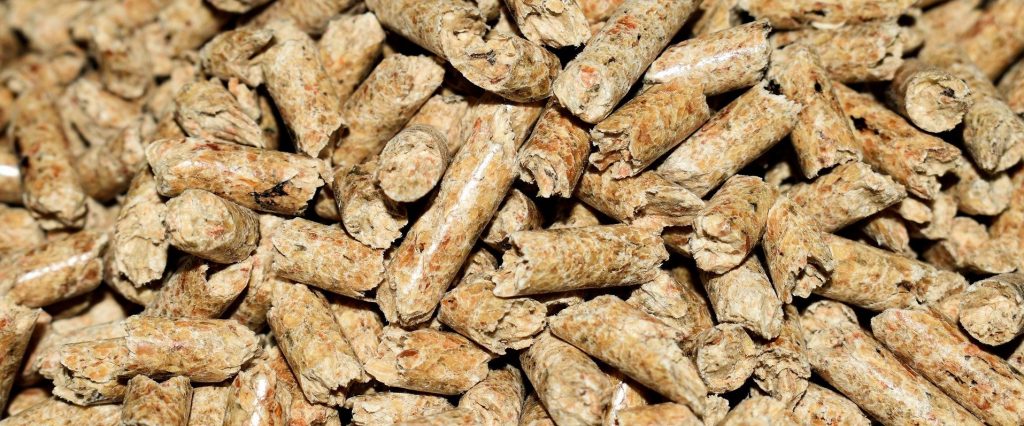A guide to biomass boilers
In this series of retrofit measures blogs, we’ll be explaining different retrofit measures which can improve the energy efficiency of homes – reducing energy usage to cut energy bills and carbon emissions, and improve the comfort of your home.
We’ll include information on how the measure works, what types of homes it may be right for, what installation looks like, and more. In this post we’re looking at loft or roof insulation.
55% of a household’s typical annual spend on energy goes on heating, meaning it’s a key area where a huge difference can be made to both cost and carbon emissions through making energy efficiency improvements.
Central heating systems are the most common form of heating in UK homes. This is where a single boiler heats up water, which is pumped through pipes to radiators placed throughout the house – as well as providing hot water to taps in the kitchen and bathrooms.
Older models of boilers are likely to be inefficient, and so you may consider replacing it with a new model. However, there are also other low carbon options for heating your home, including air or ground source heat pumps and biomass boilers.
What is a biomass boiler?
Biomass is generated by burning wood, plants, manure or other organic matter, and so is a renewable energy source.

Biomass does release some carbon dioxide when burned, so is not a zero carbon method of heating, but is considerably less carbon intensive than a conventional gas boiler or electric heating system.
Swapping a conventional gas or oil-fired boiler with a biomass boiler will save up to14.3 tonnes of carbon emissions from your home a year.
How do biomass boilers work?
A biomass boiler generated heat by burning logs, pellets or chips, and is connected to a central heating and hot water system which enables the whole home to be heated using this energy source.
You can also install a single stove to burn biomass fuel, which would then be used to heat a single room rather than the whole house. This would usually be used in conjunction with other heating systems, but may allow you to lower the carbon emissions from your heating.
What types of home would benefit from a biomass boiler?
Generally speaking, most homes could benefit from a biomass boiler as a replacement for a conventional gas boiler – not only through reducing carbon emissions, but also potentially through benefitting from the Renewable Heat Incentive payments.
However, there are some key considerations to make:
- Biomass boilers are usually much larger than gas or oil-fired boilers, so you will need to ensure you have adequate space to house the boiler.
- You will also need space to store whichever fuel you choose to use, which will need to be handy for large deliveries as well as for accessing the boiler.
- Normally you won’t need planning permission to install a biomass boiler, but you will need a flue to allow exhaust gases to be removed from your home – which will need to meet regulations.
What are the expected costs and savings?
The Energy Savings Trust estimates that it would cost between £11,000 and £17,000 to install a biomass boiler – including installation, flue, and fuel storage. Of course, you’ll need to add the ongoing costs of the biomass fuel to this (as you would with gas/oil payments), which is estimated at around £255 per tonne of material.
The financial savings will vary depending on what heating system you are moving away from. For instance, the Energy Savings Trust estimates that if you are replacing an old central heating boiler you could save up to £1,205 a year, or if you are replacing an old electric heating system you could save up to £960 a year. However, if you’re replacing a more modern system you will likely save less – and it may even cost you more to run than your current system.
Read next…

A practical guide to solid wall insulation
Solid wall insulation is a key upgrade for many older properties – helping to cut energy bills, reduce heat loss, and make homes more comfortable to live in all year
Why a whole house energy efficiency approach?
Taking a whole house approach is one of the most effective ways to reduce the carbon footprint of your property while ensuring long-term energy efficiency and comfort. Instead of focusing on individual fixes, this strategy looks at your home as a complete
